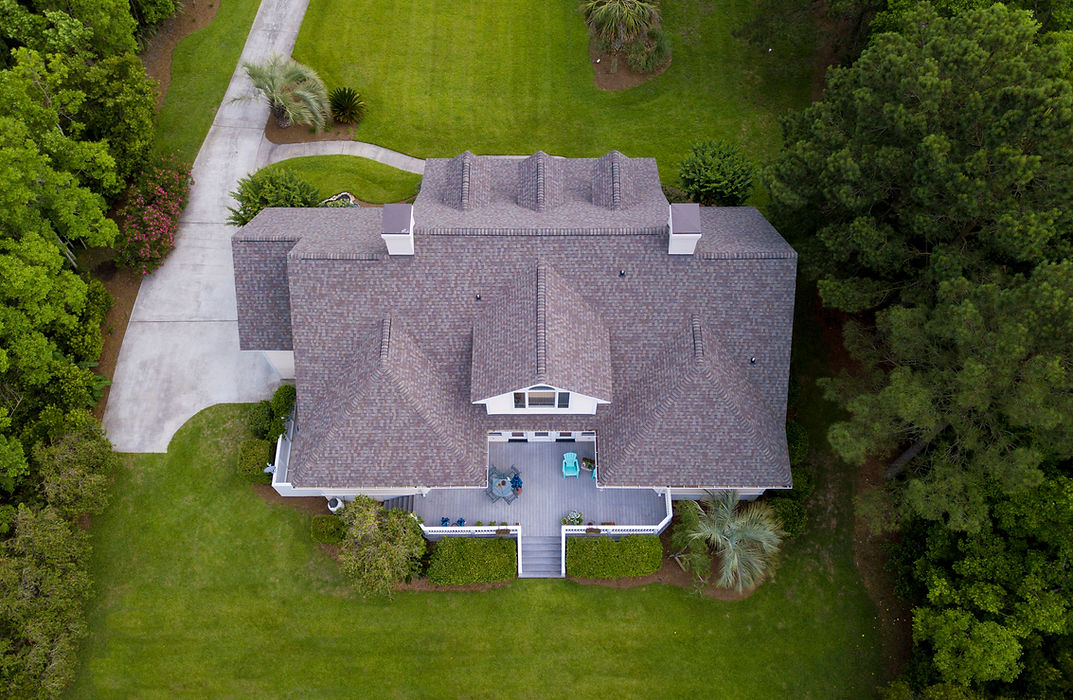Independent Agents have access to multiple companies. Don't waste your valuable time. Let us do the shopping for you. Click here and we will provide you with multiple insurance quotes for your review.

What Does Homeowners Insurance Cover?
-
Fire
-
Theft
-
Vandalism
-
Most weather-related events
-
Liability
HOME INSURANCE:
Home insurance, also commonly called homeowner's insurance (often abbreviated in the US real estate industry as HOI), is a type of property insurance that covers a private residence. It is an insurance policy that combines various personal insurance protections, which can include losses occurring to one's home, its contents, loss of use (additional living expenses), or loss of other personal possessions of the homeowner, as well as liability insurance for accidents that may happen at the home or at the hands of the homeowner within the policy territory.
Additionally, homeowner's insurance provides financial protection against disasters. A standard home insurance policy insures the home itself along with the things kept inside.Homeowner's policy is a multiple-line insurance policy, meaning that it includes both property insurance and liability coverage, with an indivisible premium, meaning that a single premium is paid for all risks. This means that it covers both damage to one's property and liability for any injuries and property damage caused by the owner or members of his/her family to other people. It may also include damage caused by household pets.
How is Home Insurance priced?
Major factors in price estimation include location, coverage, and the amount of insurance, which is based on the estimated cost to rebuild the home ("replacement cost").
If insufficient coverage is purchased to rebuild the home, the claim's payout may be subject to a co-insurance penalty. In this scenario, the insured will be subject to an out of pocket fee as a penalty. Insurers use vendors to estimate the costs, including CoreLogicsubsidiary Marshall Swift-Boeckh, Verisk PropertyProfile, and E2Value, but leave the responsibility ultimately up to the consumer.
In 2013, a survey found that about 60% of homes are undervalued by an estimated 17 percent. In some cases, estimates can be too low because of "demand surge" after a catastrophe. As a safeguard against a wrong estimate, some insurers offer "extended replacement cost" add-ons ("endorsements") which provide extra coverage if the limit is reached.
Prices may be lower if the house is situated next to a fire station or is equipped with fire sprinklers and fire alarms; if the house exhibits wind mitigation measures, such as hurricane shutters; or if the house has a security system and has insurer-approved locks installed.
Covered perils
Home insurance offers coverage on a "named perils" and "open perils" basis. A "named perils" policy is one that provides coverage for a loss specifically listed on the policy; if it's not listed, then it's not covered. An "open perils" policy is broader in the sense that it will provide coverage for all losses except those specifically excluded on your policy.
Basic "named perils" – this is the least comprehensive of the three coverage options. It provides protection against perils most likely to result in a total loss. If something happens to your home that's not on the list below, you are not covered. This type of policy is most common in countries with developing insurance markets and as protection for vacant or unoccupied buildings.
Basic-form covered perils:
-
Aircraft or vehicle collision
-
Riot or civil commotion
Broad "named perils" – this form expands on the "basic form" by adding 6 more covered perils. Again, this is a "named perils" policy. The loss must specifically be listed to receive coverage. Fortunately, the "broad form" is designed to cover the most common forms of property damage.
Broad-form covered perils:
-
All basic-form perils
-
Burglary, break-in damage
-
Falling objects (e.g. tree limbs)
-
Weight of ice and snow
-
Freezing of plumbing
-
Accidental water damage
-
Artificially generated electricity
Special "all risk" – special-form coverage is the most inclusive of the three options. The difference with "special form" policies is that they provide coverage to all losses unless specifically excluded. Unlike the prior forms, all unlisted perils are covered perils. However, if something happens to your home, and the event is on the exclusions list, the policy will not provide coverage.
Special-form excluded perils:
-
Ordinance of law
-
Nuclear hazard

Home Insurance protects your investment and gives you peace of mind.













